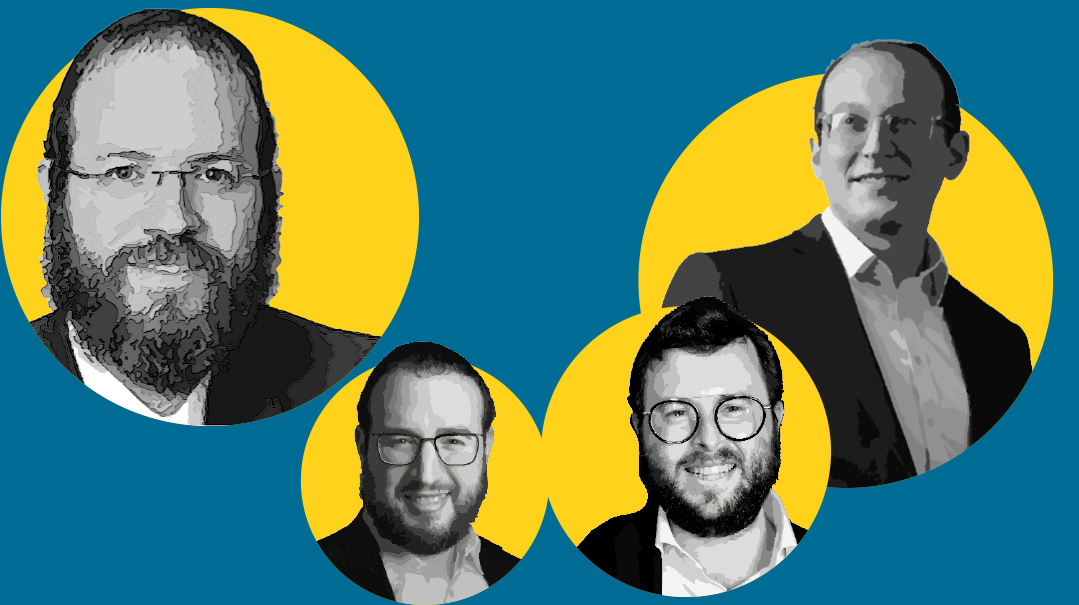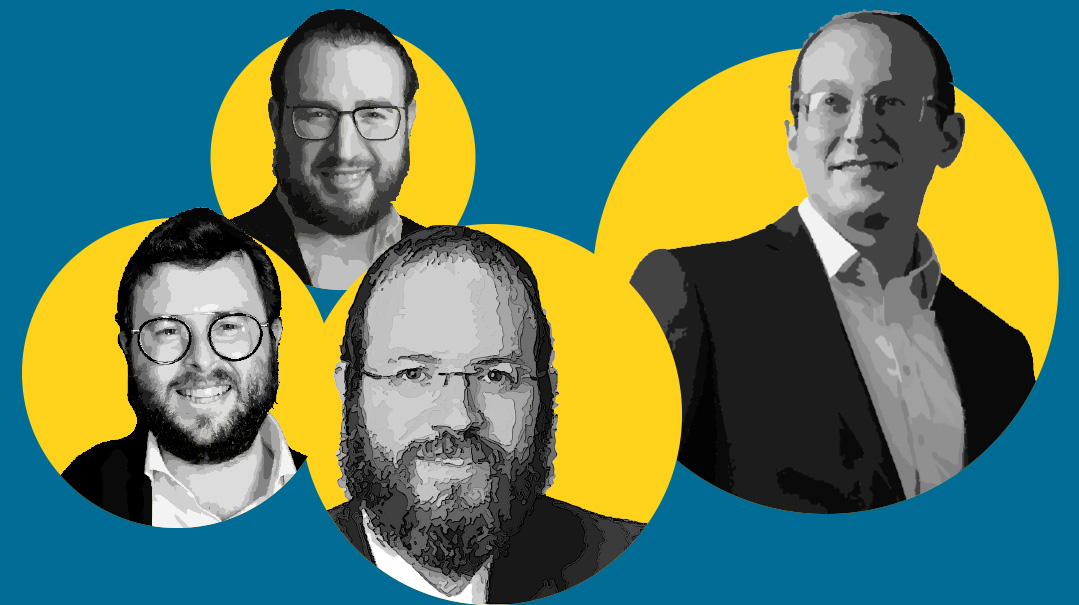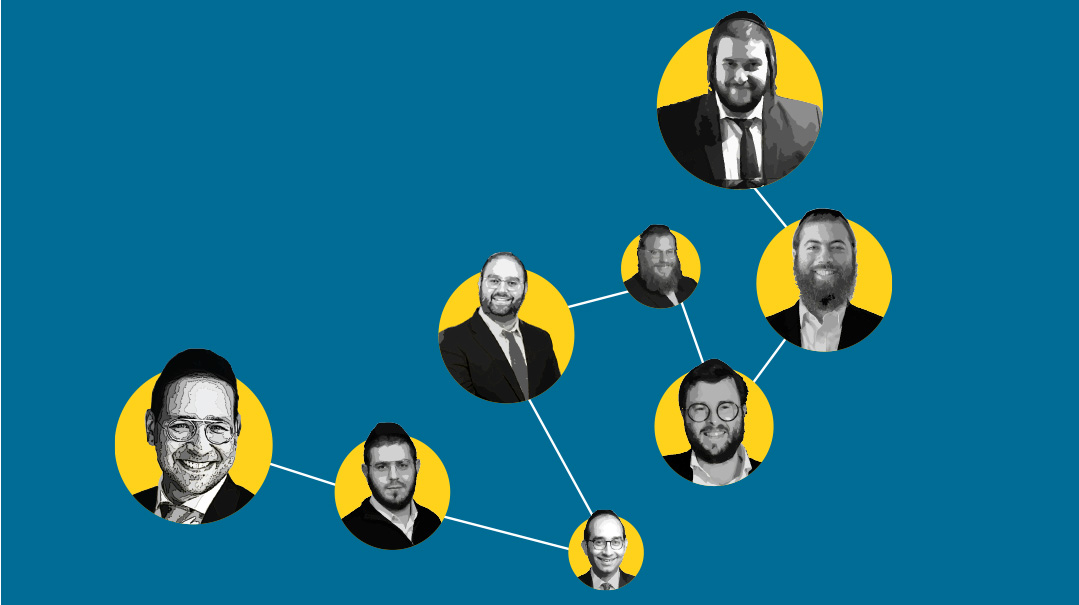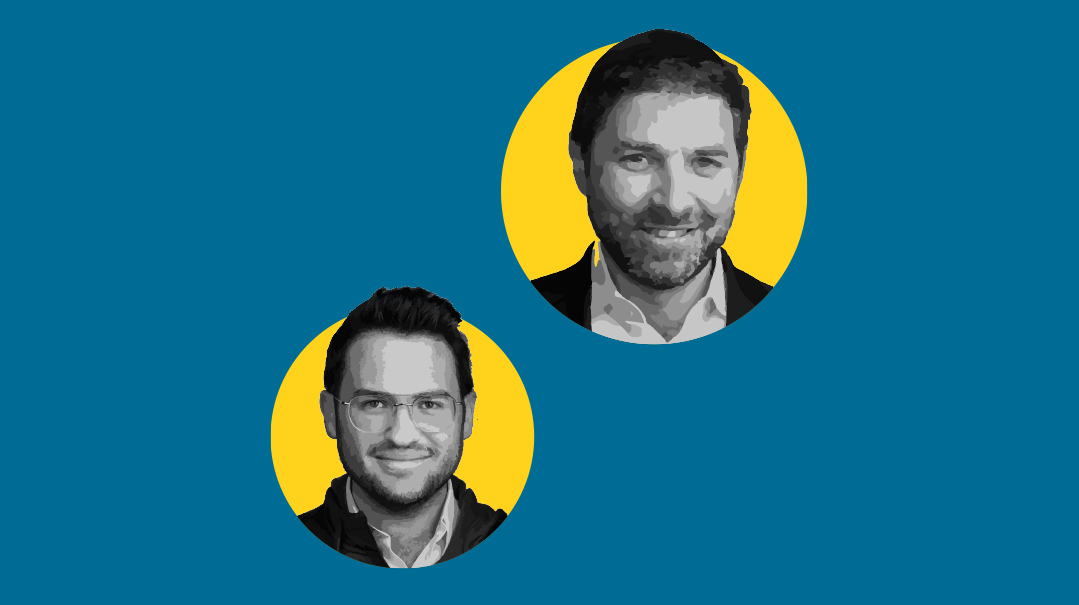The Follow-Up after the Big Meeting
| April 30, 2024“You had the big meeting. How do you follow up on that deal or prospective client?”

Personal branding always entails a close working relationship between provider and client, so it’s vital that the client gets a feeling of how invested I’ll be if we work together. And that starts with the big meeting, which I always do in person, never over Zoom. If that means flying in, I fly in.
During the meeting, I get a good sense if the client is going to sign or not. If I’m confident the answer is yes, I essentially start working for “free” to give them a flavor of what it’s like to work with me.
For example:
If they post content, I’ll message them with advice on what to improve so it’ll get more engagement.
If there’s a relevant breaking news story, I’ll send the article to them, telling them to add their opinions and share it with their audience.
Sometimes I’ll even write one to two LinkedIn posts based on our discussions and tell them to test it.
Bottom line, my follow-up doesn’t involve trying to persuade the client to sign using abstract words. Instead, I show them how I’ll provide value and what to expect should they sign the contract.
—Eli (Elliott) Stimler, Personal Branding for CEOs and Founders
IN the Fulfillment Center industry (also known as 3PL/ third-party logistics), there are three things you need to know:
1) Sales cycles are very long (three to 12 months).
2) Usually, e-commerce brands reach out to multiple providers (three to ten 3PLs).
3) It’s very difficult to compare 3PL prices.
Knowing this, here’s my big meeting and follow-up strategy:
1) I give them space.
After the initial phone call, I email the potential client the meeting summary with any further details they requested. But then I wait three to four days before reaching out again to follow up. Sales cycles are long, and you don’t want to come across as desperate.
2) I keep my powder dry.
I intentionally don’t share everything at the first meeting so I can offer value every time I follow up, too. For example, I might say, “Here’s a case study you might find interesting,” or, “Do you want to speak to one of our customers?”
3) I offer to help clients compare pricing.
Every 3PL quotes differently. Some throw in seemingly “free” services like “free storage.” So I offer them help to break down all their pricing quotes so they can understand how other 3PLs’ pricing compares to ours.
Bonus tip: I know that my prospects see my LinkedIn content. So sometimes I’ll strategically post something related to UK and EU Order Fulfillment that will catch their attention and trigger them to reach out to me to discuss it.
—Dani Mechlowitz, managing director, Delta Fulfillment
You’re at a networking event. What should you talk about at that first conversation? What should you not talk about?
I avoid pitching my services right away. Instead, I focus on understanding the needs and challenges of the person I’m speaking with. I ask questions to learn how I can help them increase sales, make their life easier, or offer solutions that benefit their business.
I prioritize building a genuine connection and establishing trust, rather than coming across as just another salesperson. By doing so, I create a foundation for a meaningful relationship that can lead to mutually beneficial opportunities.
—Shmili Weinberger, owner, Shmily | Weinbergers Photography Inc.
A networking event is a place to meet people and learn what they do. Develop the relationship. Nurture it. Learn about what the other person does and see if there is any value you can offer. Maybe they mentioned they manufacture a certain product and you know a store owner who carries that kind of product. Perhaps you can make an introduction for that person. That’s real value. Now they feel almost obligated to “pay you back” and that’s okay. They should want to pay the favor back. That is how you network!
—David Gabay, senior vice president, Banquest Payment Systems
Start with natural conversation. Don’t say anything to the effect of, “Hey, give me business.” Be observant of your surroundings and talk about that. Eventually you can work the conversation into business. Sometimes I joke about it. I’m like, “Hey, you’re here for this reason, I’m here for this reason. Let’s cut to the chase and do business!” But you have to observe the person in order to use this line because it really depends on the person.
—Joel Roth, commercial and residential mortgage broker
For effective networking, create a space with a constant mode of giving.
For example, someone was seeking a partner for their business. I made an introduction that led to a partnership.
At our recent intentional networking event, the theme was “How you can help someone,” and not, “How you can gain from other people.” Many attendees told me, “You took away the awkwardness in networking.”
When networking, truly be present to give and help the other person. You will ultimately benefit. When building relationships through giving, you are focusing on long-term success, versus the short-term “get a quick sale now” success.
—Ari Levertov, CEO Entrepreneur Referral Network, Cofounder BYND & Co
(Originally featured in Mishpacha, Issue 1009)
Oops! We could not locate your form.






